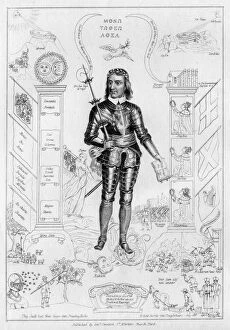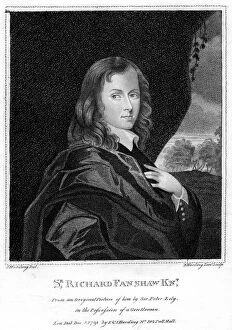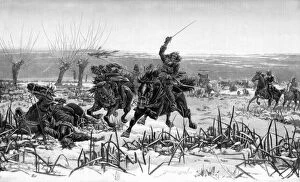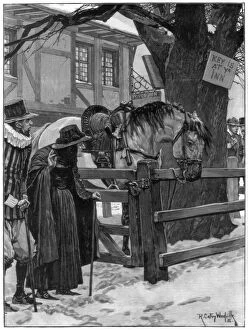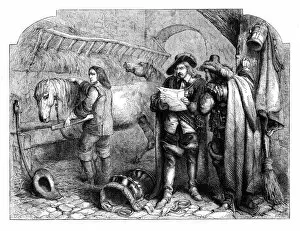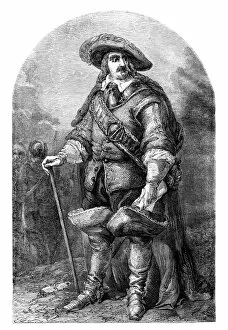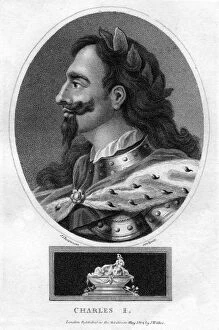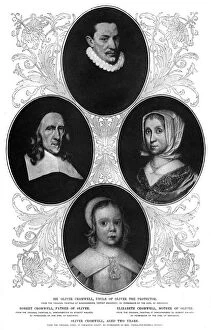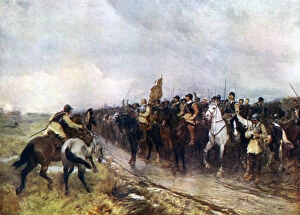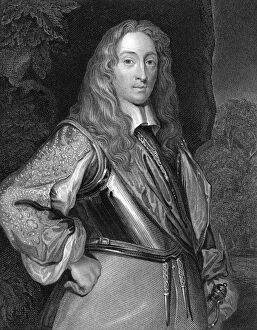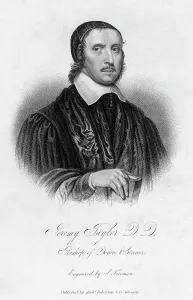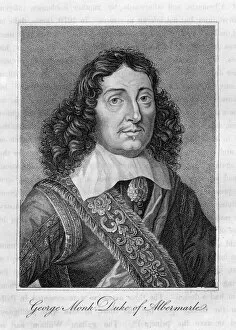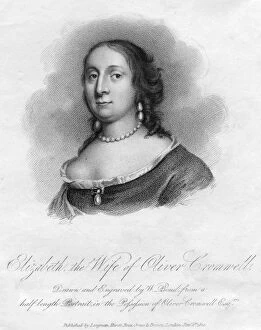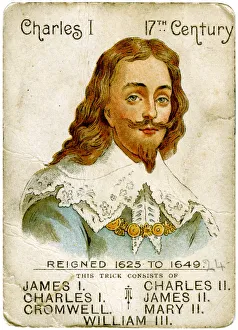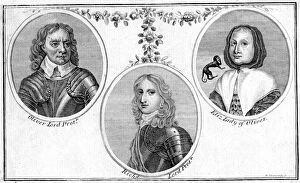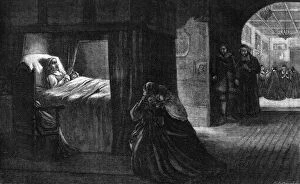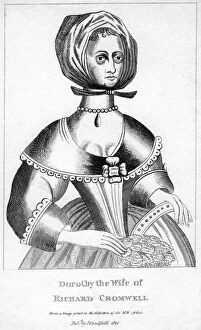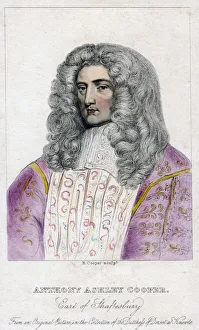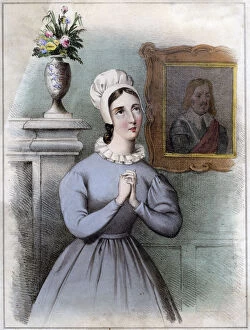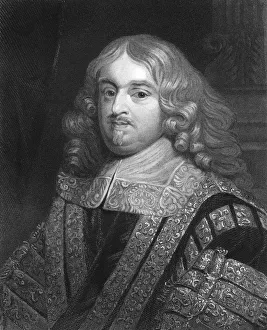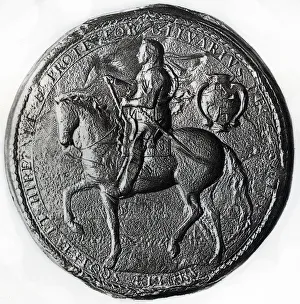English Civil Wars 1642 1648 Collection (page 2)
The English Civil Wars of 1642-1648 were a tumultuous period in British history, marked by political upheaval and armed conflict
All Professionally Made to Order for Quick Shipping
The English Civil Wars of 1642-1648 were a tumultuous period in British history, marked by political upheaval and armed conflict. Artists like William Frederick Yeames captured the emotional impact of this era through their powerful artworks. In Yeames' painting "And when did you last see your father?" from 1878, we witness the heart-wrenching separation caused by war. The image depicts a young boy bidding farewell to his father, who is heading off to battle. This poignant scene serves as a reminder of the devastating consequences that these wars had on families torn apart by divided loyalties. Another artwork that sheds light on this turbulent time is John Hampden's letter to Colonel Bulstrode after the Battle of Edgehill in October 1642. Hampden was not only an artist but also an influential figure in Parliament during the civil wars. His letter provides insight into the immediate aftermath of one of the first major battles and highlights the chaos and uncertainty faced by those involved. Oliver Cromwell, another key player in these conflicts, is depicted in various artworks such as John Owen's portrait from 1899. As an English theologian and politician, Cromwell played a pivotal role in shaping England's future during this period. A letter written by Cromwell to General Fairfax in 1646 further showcases his strategic thinking and military prowess. The portraits of individuals like John Hampden Esquire and Elizabeth Steward (mother of Oliver Cromwell) offer glimpses into their lives amidst this turmoil-filled era. These images serve as reminders that behind every historical event are real people with complex emotions and motivations. Other visual representations include General Charles Fleetwood dressed in armor, symbolizing both his military role and political influence within Parliament. Additionally, views of Oliver Cromwell's house provide insights into where he lived during this time – Clements Lane in Westminster – giving us a sense of how power was wielded in the heart of London.




